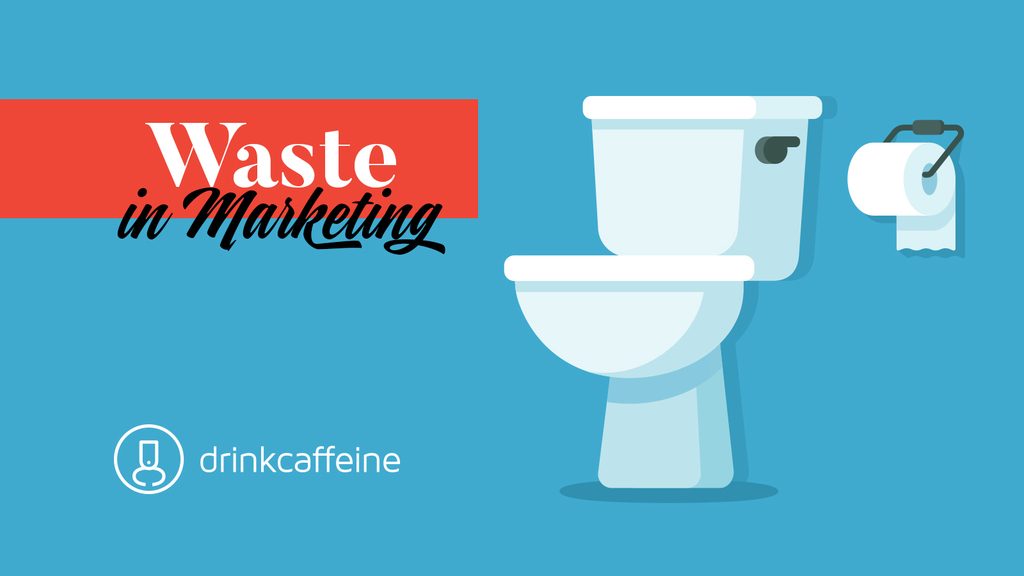Marketers wake up to the pain of misspent resources

A really disturbing recent study of 1000+ EU marketers reported that, on average, they waste 26% of their annual budget on “the wrong channels or strategies.”
In other words, more than a quarter of their budget is gone and unrecoverable. In four years time, an entire budget cycle is lost in both dollars and hours. [Cue toilet flushing sound.]
We understand that some marketing decisions have downsides and few things are certain. Not every investment works out, whether it’s social media, channel development, new market development, branding, or what have you. Take Facebook as an example: Only 42% of marketers think their Facebook budget is actually working.
But 26% waste is enough to give you a headache. So we offer these 3 practices for marketers who want their marketing programs to look, in a word, svelte.
Practice 1: Round up the 6 Usual Suspects
Historically, marketing waste originates from 6 areas. As part of your planning meetings, look at them critically.
1. Hyperactivity. Too much production for the task.
2. People. Too many cooks, or too many constituents.
3. Processes. Too complicated. Too time consuming.
4. Delays. Bad communication or bad planning.
5. Trial & error. Bad luck. Or guesswork (more on this in a moment).
6. Excessive costs. Paying too much for what you get.
Then, consider Suspect Number 7: Uninformed decisions.
Marketing consists of a million decisions. The goal is to make as many as possible based on the best information. Better-informed decisions produce better results, reduce Trial and Error, and produce less waste.
Practice 2: Don’t be like the automobile industry
Fact: Car brands spend about 75% of media dollars on TV ads, but only 27% of people planning on buying a car or truck say that TV influences them. The auto industry is operating on old assumptions and legacy practices.
And you don’t have to look hard for other examples of misplaced money.
The point: Don’t be afraid to laundry-list every assumption your marketing is based upon, and put it to the test.
Practice 3: Circular thinking
Even today, marketing professionals still refer to “market research” as if it’s a separate endeavor.
Today, marketing is research. It yields data and insight and should be seen as a wheel, driven forward by information at every stage.
The idea is that the constant application of data to all phases of the process will refine the shape and performance of the circle, which, to belabor the metaphor, spins faster and more efficiently.
But remember, it’s a circle, not a cul de sac, which means don’t get stuck. Invite new thinking into the process and continue to challenge.
Those are our best practices for reducing waste in marketing. They may not be glamorous, but they have teeth.
Join us for a beverage. We’re always up.


